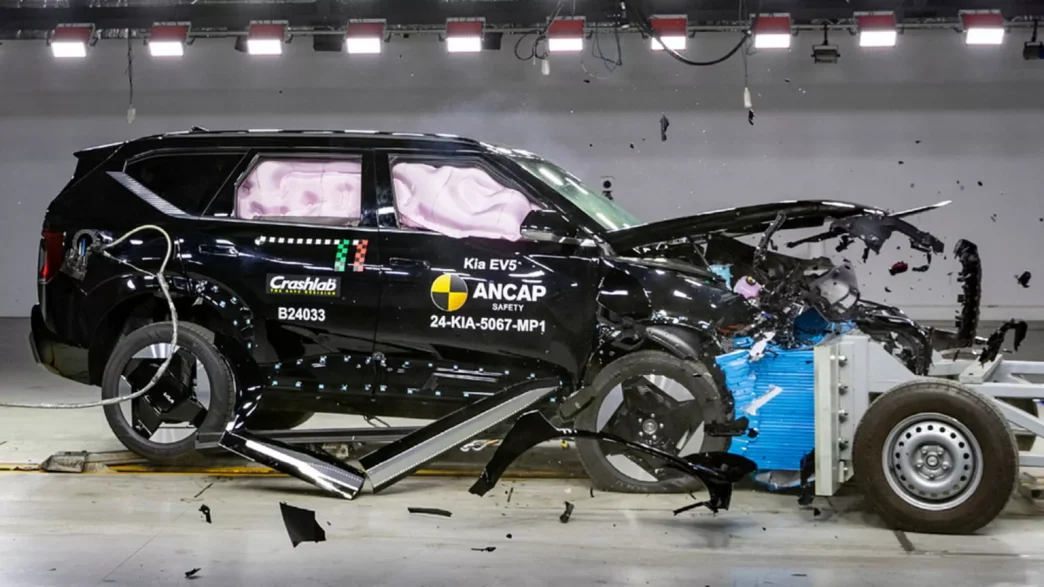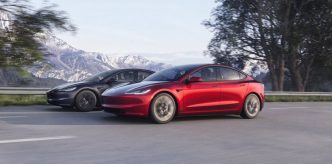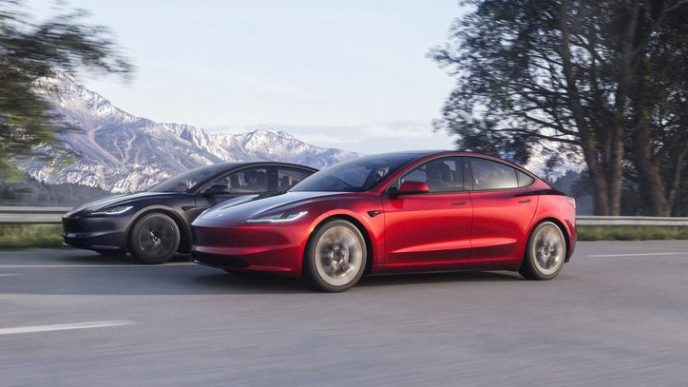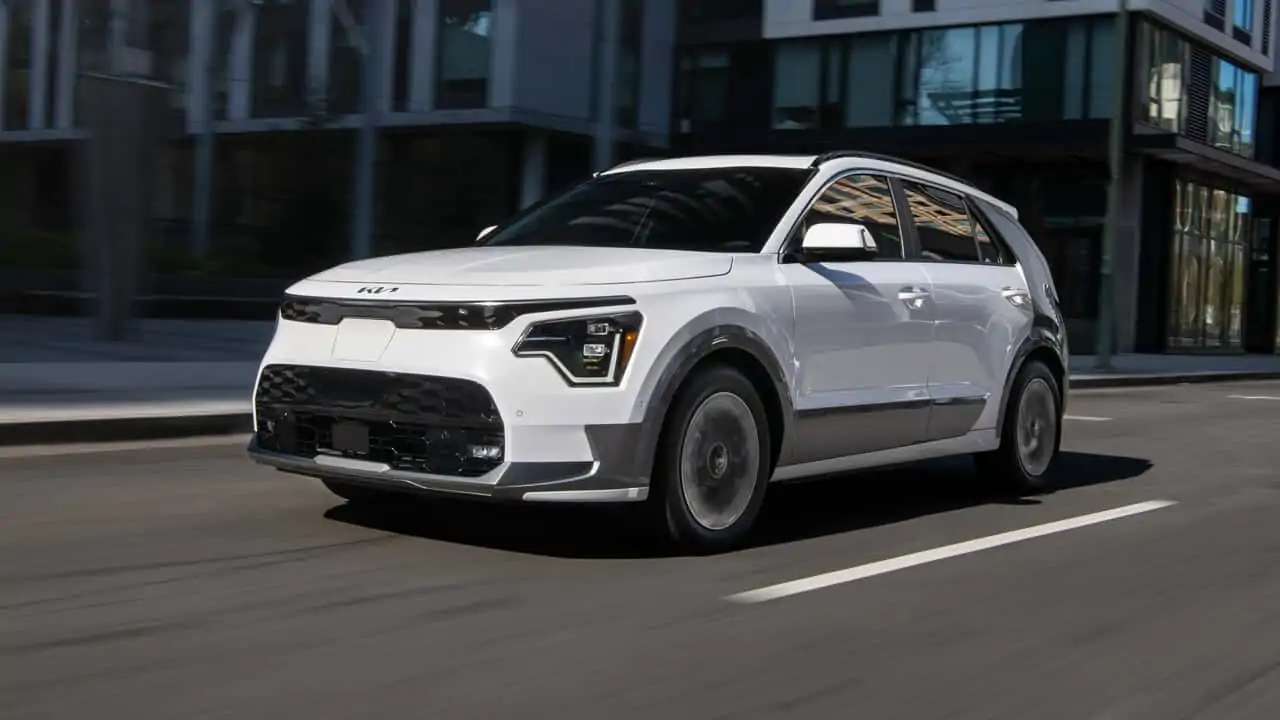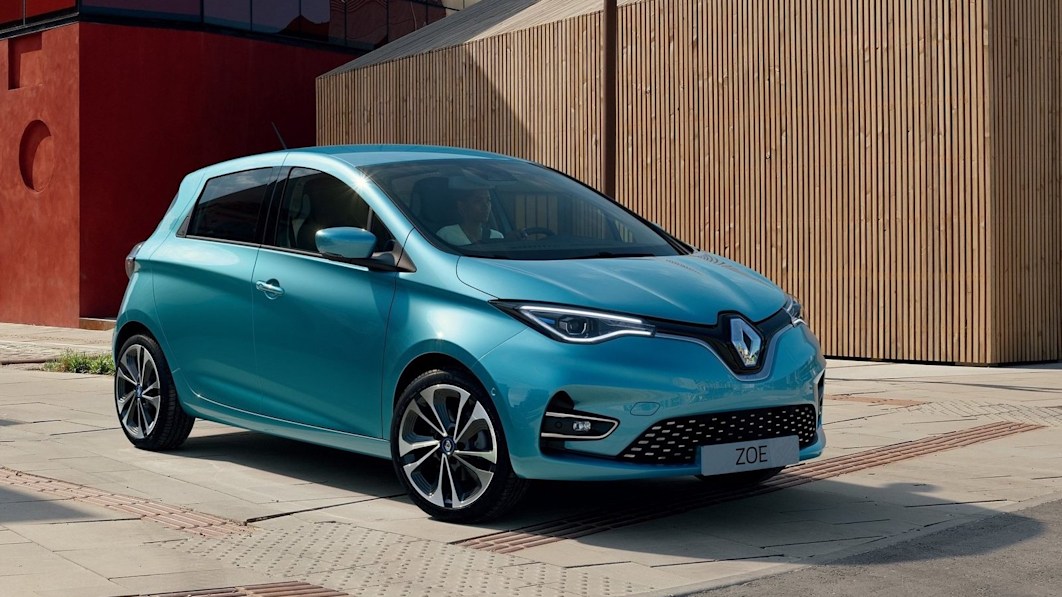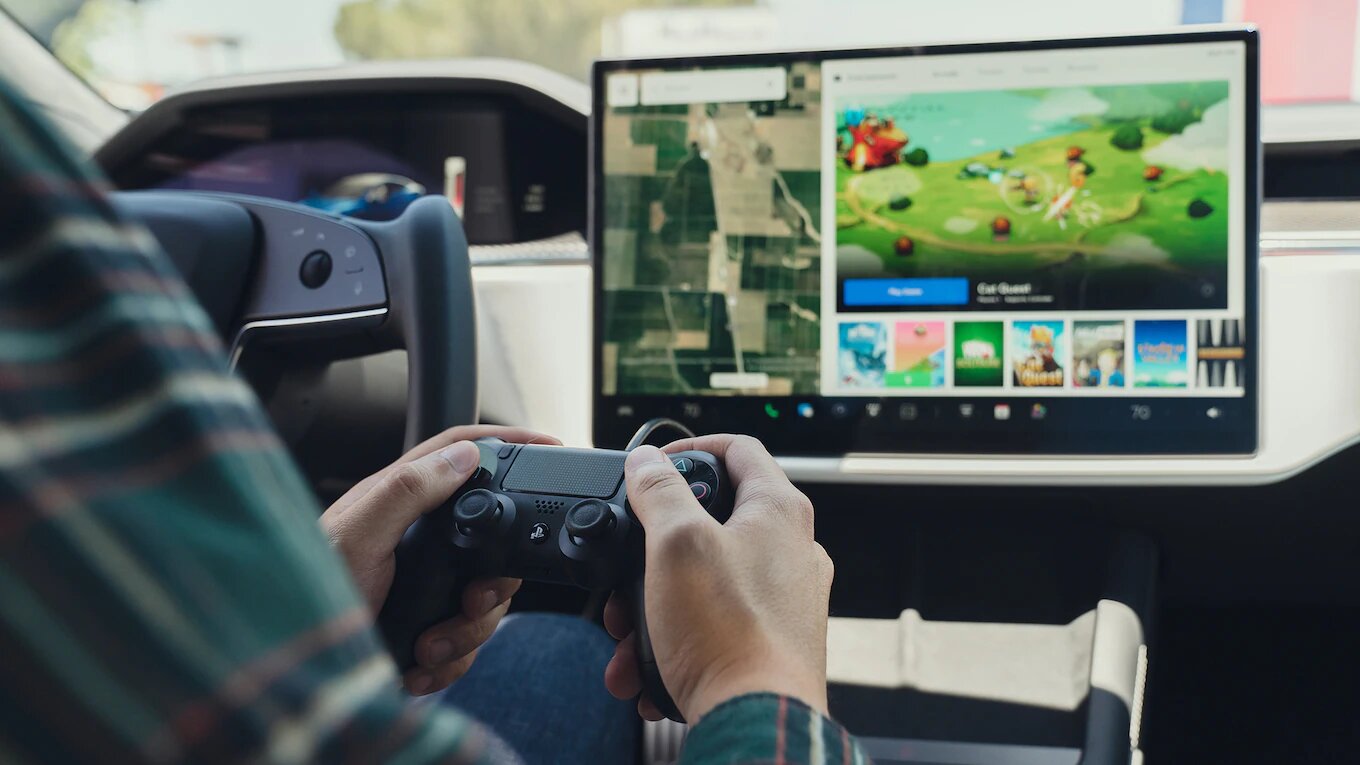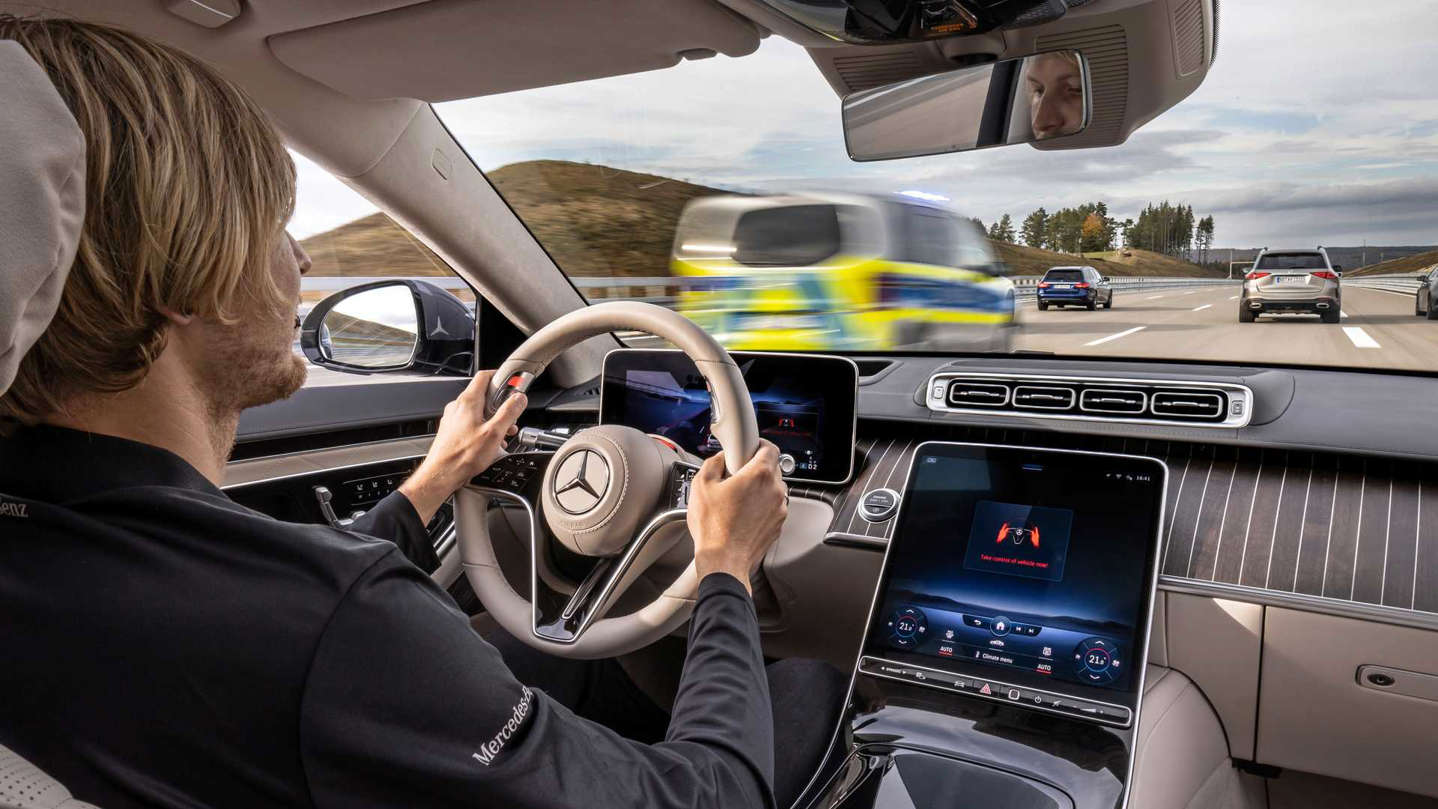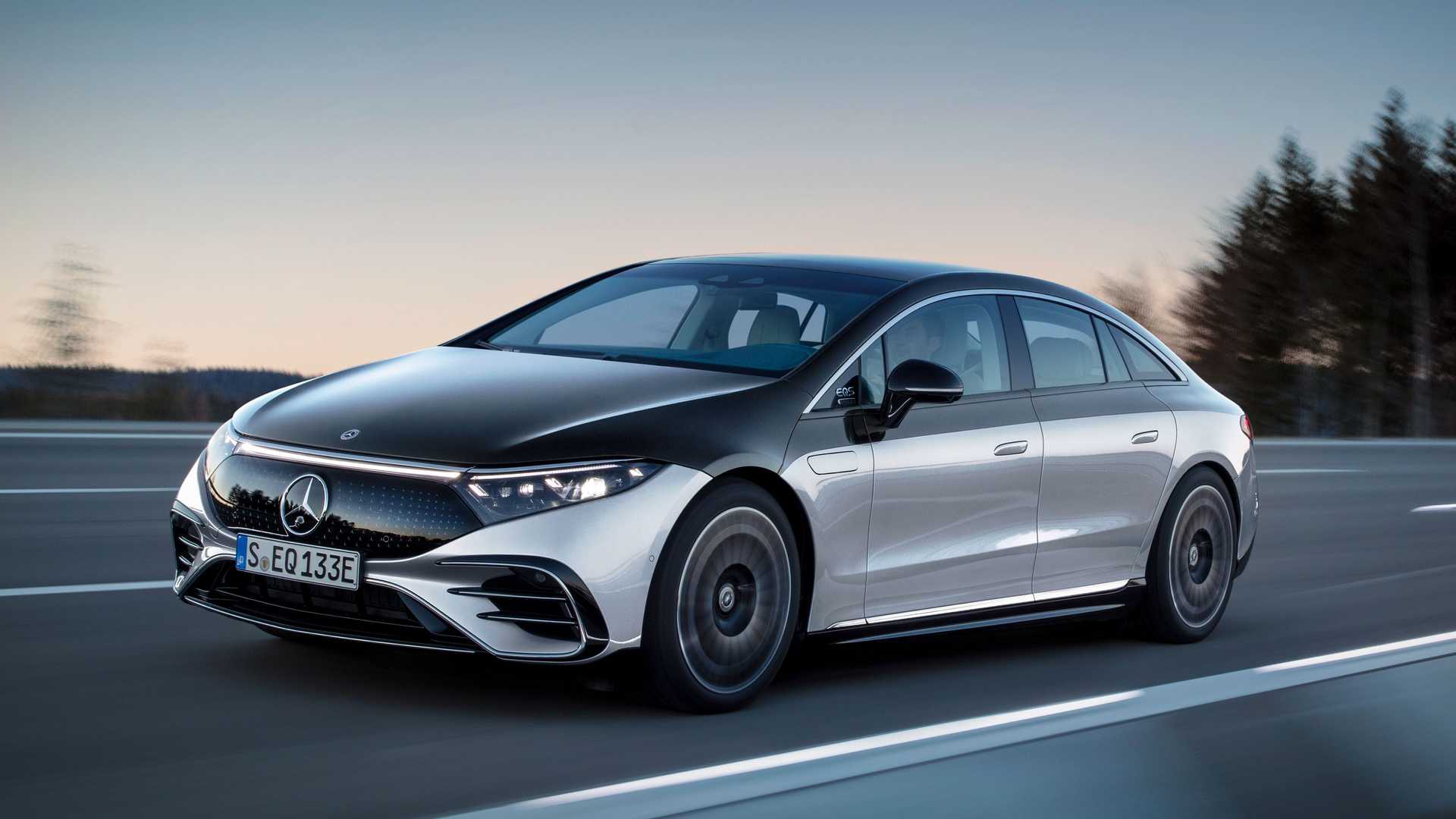When choosing your next car, safety is likely to be a key consideration, especially for those thinking about transitioning from an internal combustion engine (ICE) vehicle to an electric vehicle (EV). The Australasian New Car Assessment Program (ANCAP) has been conducting crash tests to answer the question of whether electric cars are safer than their gasoline-powered counterparts. The results reveal that while EVs tend to perform better in crash tests, the gap is not as wide as it might first appear.
According to ANCAP, 57 EVs have been tested, with only six failing to achieve the highest safety rating. In comparison, of the 117 ICE vehicles tested, 18 did not receive the maximum score. While the data shows that approximately 89% of EVs tested received a five-star rating compared to 85% of ICE vehicles, the difference is marginal.
See also: BYD Seal and Dolphin Earn 5-Star ANCAP Ratings in Australia
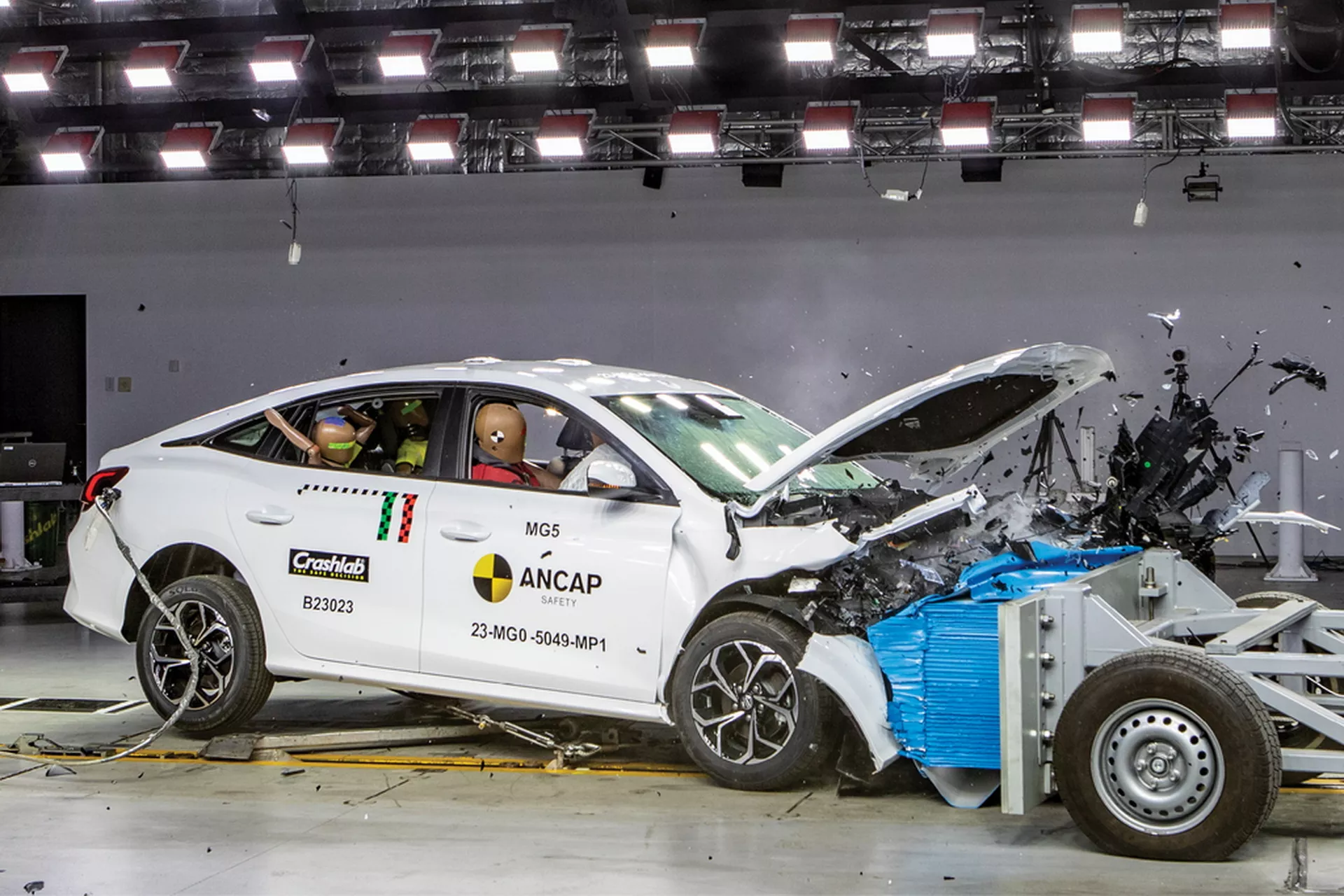
There are a few key factors influencing these results, including the fact that many EVs are newer models with advanced safety features and higher price points. These factors typically result in better crash protection.
On the other hand, the ICE category includes many entry-level cars, such as the Mahindra Scorpio, MG5, and Suzuki Swift, which have failed ANCAP’s stringent tests. Additionally, some ICE models like the Hyundai i30 Sedan, MG3, and Jeep Wrangler received only three-star ratings, further skewing the overall results.
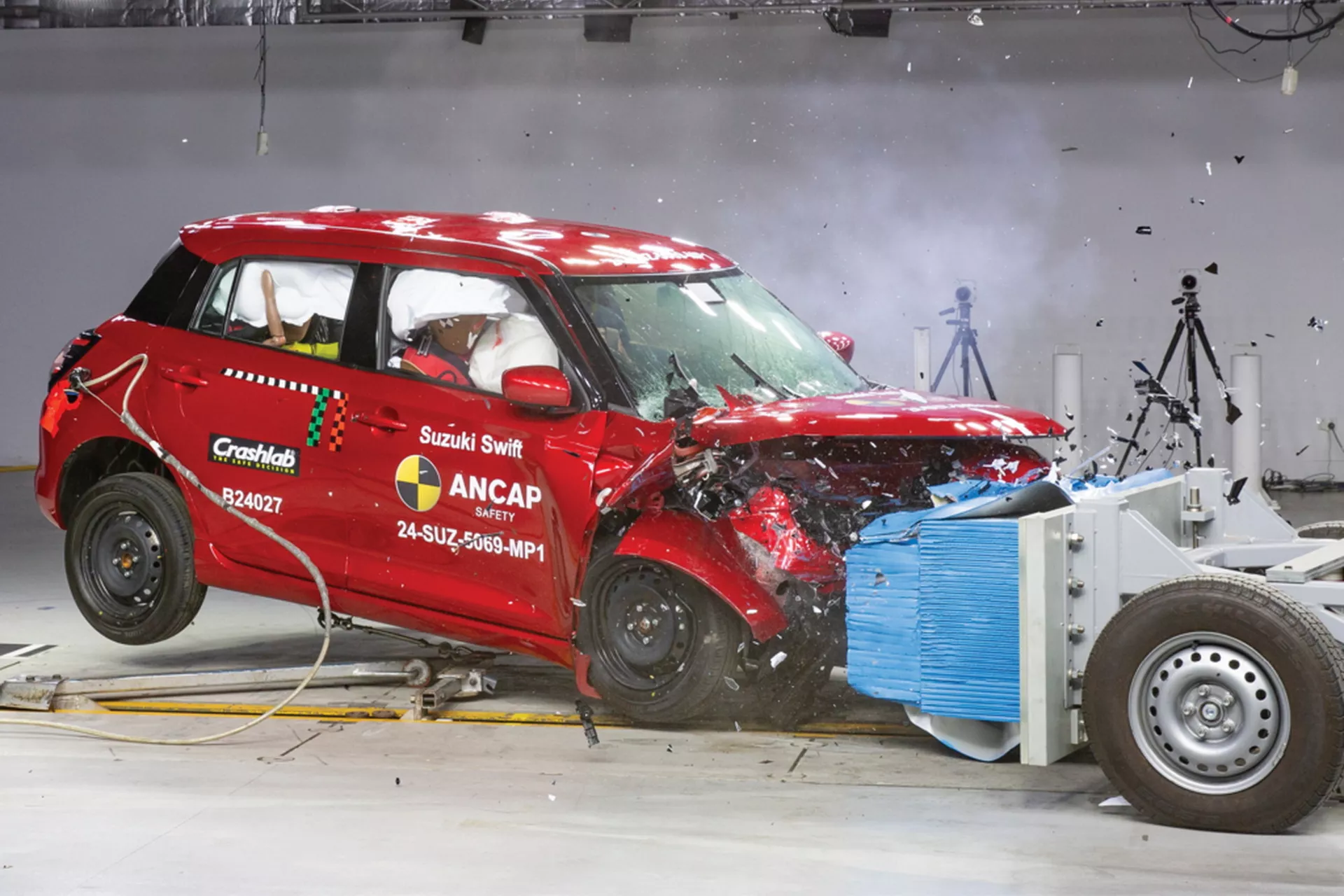
Notably, there are no zero-, one-, or two-star EVs currently on sale in Australia and New Zealand. The lowest-scoring EVs in these regions are four-star models, including the BMW i4 and Hyundai Kona Electric, while the Jeep Avenger is the only three-star EV available.
ANCAP Chief Executive Officer Carla Hoorweg emphasized that while the overall disparity between EVs and ICE vehicles is not substantial, the price of EVs plays a crucial role in the safety ratings. “It doesn’t make sense to sell a low-scoring electric car,” Hoorweg said. “How are you going to go from a sales perspective if you’re bringing a one-star EV into Australia – it’s an expensive product.” This reflects the growing emphasis on both safety and value in the evolving car market.


